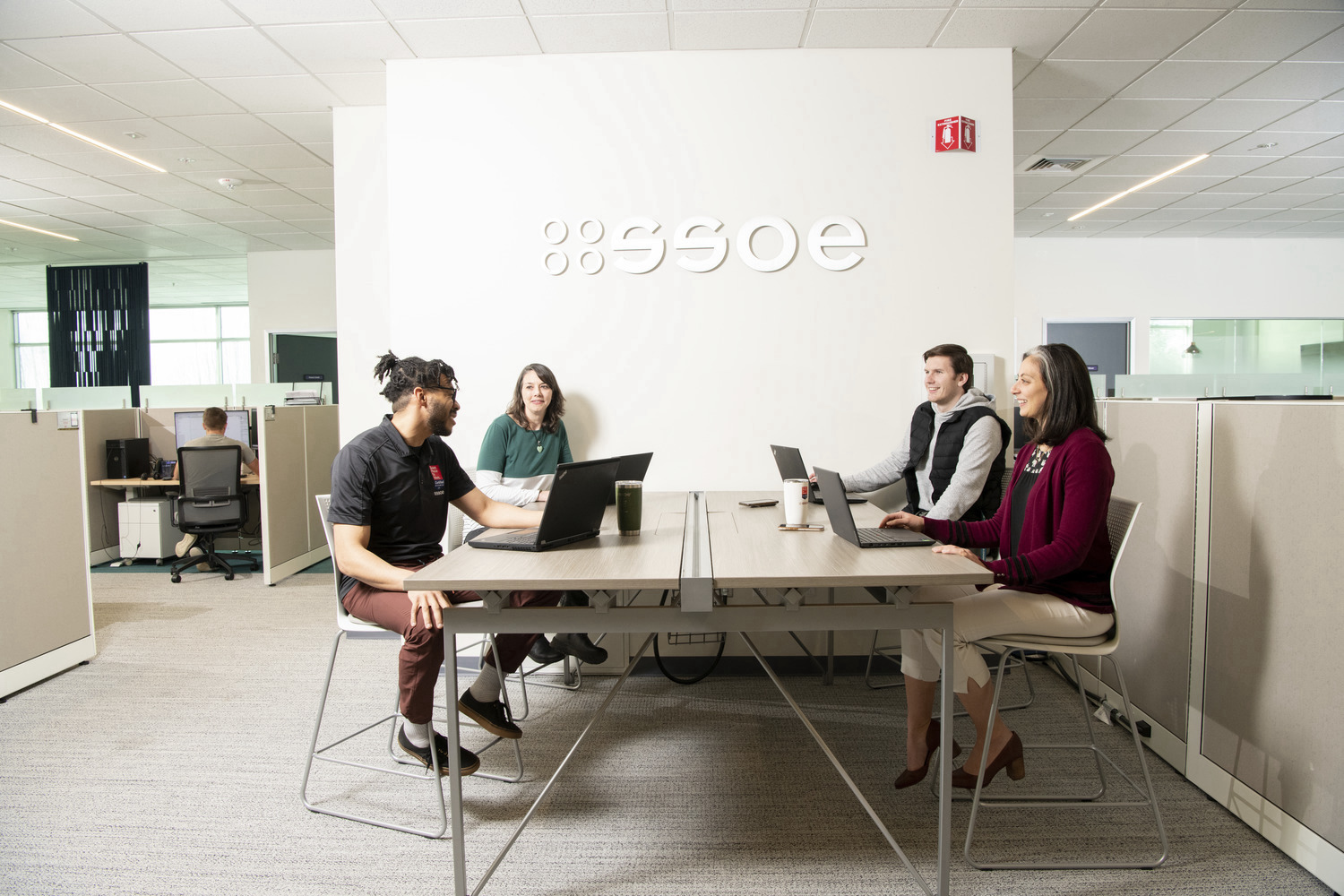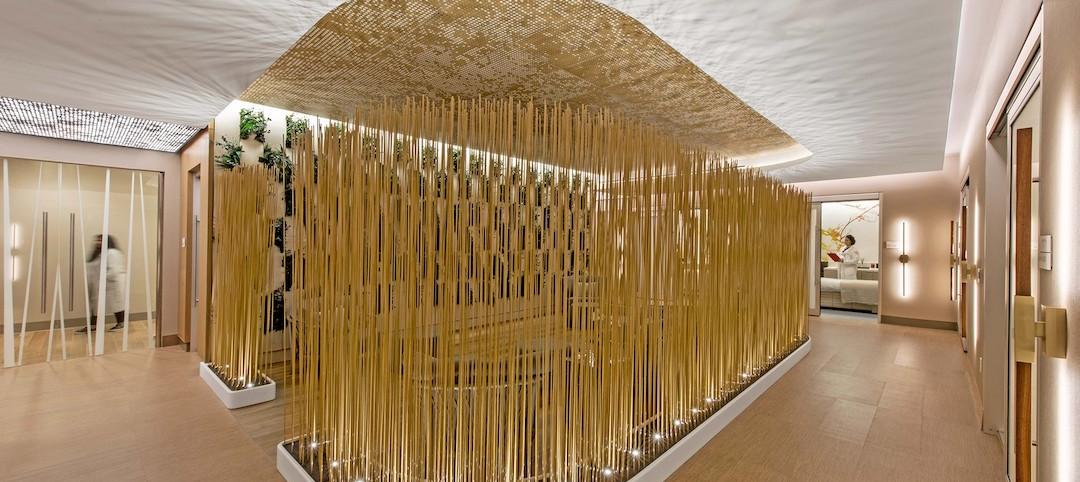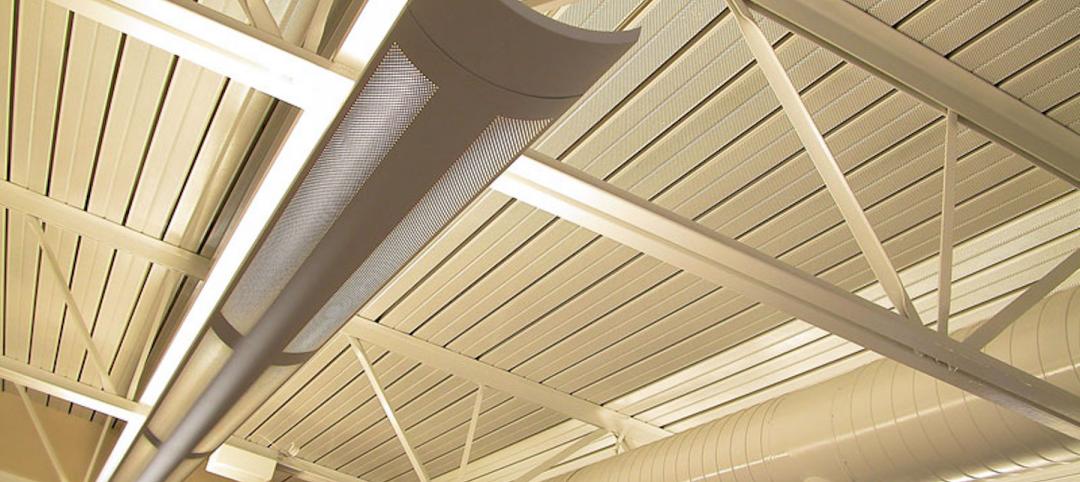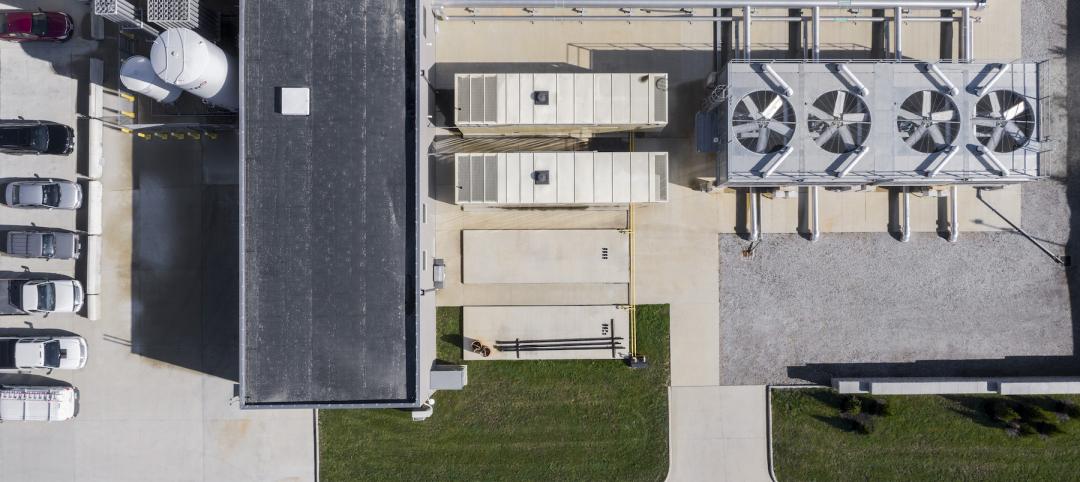In early 2022, the AE firm SSOE Group’s Board of Directors reiterated its commitment to Diversity, Equity, and Inclusion (DEI). Thus began a journey that found SSOE moving toward a more representative mix of diverse employees within its nearly 1,500-person workforce, on project teams and in corporate groups.
This mandate led to the formation of advocacy groups for underrepresented employees within the company, as well as changes in SSOE’s hiring practices and employee benefits. It has also placed SSOE in a better position to compete for projects from developers and organizations (especially in the public sector) that are seeking partners with well-defined DEI programs.
A growing number of AEC firms have been looking at themselves critically through DEI lenses that have brought into sharper relief shortcomings in their human resource policies and programs. These assessments are also being conducted at a time when a company’s DEI reputation can be a determinative factor in where skilled and educated employees choose to work.
SSOE Group can be seen as a case study for how AEC firms are adapting to employees’ shifting expectations of more-inclusive work cultures.
Top-down support for DEI efforts
Catherine Myers, PE, SSOE’s President, notes that prior to its latest actions, the firm didn’t have a specific DEI-focused group that was directly connected to the Board of Directors. That changed when, in March 2022, SSOE added a DEI committee to its Board, and hired its first Director of DEI, Candice Harrison, who had previously been external communications manager for the Toledo (Ohio) Public Schools.
To encourage team buy-in, SSOE held global DEI roundtable discussions in small groups. More than 15 percent of the company’s workers responded to questions that probed their understanding of DEI, why they thought improvements were important for the company, and what challenges in its execution might arise.
Outcomes from these sessions helped to establish DEI priorities such as enhancing diversity in the talent pipeline and setting metrics and management tools.

DEI groups give voice to different employees
After completing this company-wide assessment, SSOE Group formed internal Employee Resource Groups (ERG) to give greater voice to its underrepresented workers. One group, the Black Leaders and Collaborative Change Makers (BLACC), initially had 25 active members; the PRIDE group for LGBTQ+ individuals had 27 members; and there were 72 participants in the Women’s ERG. (At the time, SSOE had very few women in its engineering and architecture departments, particularly in leadership roles. And female technical employees created a subgroup because they had different needs regarding representation and support than the larger Women’s ERG.)
Participation in the ERGs was voluntary but strongly encouraged. Each group had at least one member of leadership as an executive sponsor who sometimes came from outside the respective underrepresented group.
Each ERG devised its own mission statement and charter, as well as a leadership/management hierarchy. Broad objectives were refined for specific actions that could range from recognizing holidays like Martin Luther King Day to revising time-off policies. Each ERG meets monthly, and in their first year, the groups were instrumental in strategic benefits planning and Lean Operating Strategy initiatives. The BLACC group assisted SSOE’s human resources department in recruitment events, and invited Dr. Melvin Garvey, the author of Dear White Friend, to speak about DEI.
SSOE has partnered with Historically Black Colleges and Universities such as Tennessee State, through which the firm conferred its first scholarship. The firm’s DEI program also partnered with the National Society of Black Engineers and the Society of Women Engineers. SSOE developed corporate metrics that impact the entire company related to DEI. Tracking those markets is tied to performance, which encourages corporate accountability.
The PRIDE ERG partnered with Hummingbird Humanity, a DEI consulting firm, to help the group elucidate the history of the gay pride movement and to dive deeper into gender identity.
DEI can provide a competitive edge
As part of its DEI journey, SSOE Group conducts virtual training sessions on diversity. The firm required attendance for employees to receive their bonuses. According to Harrison, the focus of SSOE’s diversity efforts has been to embed DEI into daily operations, “creating a space where our employees feel as though they can bring their whole selves to work and have a sense of belonging.”
As the cultivation of these values becomes more intensified, SSOE can distinguish itself with potential partners and incoming employees. “What we’ve developed is more focused on measurement,” said a company spokesperson.
Related Stories
Resiliency | Feb 15, 2022
Design strategies for resilient buildings
LEO A DALY's National Director of Engineering Kim Cowman takes a building-level look at resilient design.
Products and Materials | Feb 14, 2022
How building owners and developers can get ahead of the next supply chain disaster
Global supply chain interruptions that started at the very beginning of the pandemic are still with us and compounding every step of the way. Below are a few proven tips on how to avert some of the costly fallout should we be faced with similar commercial disasters at any time in the future.
Healthcare Facilities | Feb 10, 2022
Respite for the weary healthcare worker
The pandemic has shined a light on the severe occupational stress facing healthcare workers. Creating restorative hospital environments can ease their feelings of anxiety and burnout while improving their ability to care for patients.
Sponsored | BD+C University Course | Jan 30, 2022
Optimized steel deck design
This course provides an overview of structural steel deck design and the ways to improve building performance and to reduce total-project costs.
Laboratories | Jan 28, 2022
3 must-know strategies for developers in today’s life sciences industry
While the life sciences industry had been steadily growing, this growth exploded when the pandemic arrived—and there is no indication that this lightning-fast pace will slow down any time soon.
M/E/P Systems | Jan 27, 2022
Top 5 building HVAC system problems and how to fix them
When your HVAC system was new, it was designed to keep the indoor environment comfortable, functional, and safe. Over time, that system can drift out of alignment, leading to wasted resources, excessive energy consumption, and reduced occupant comfort.
Market Data | Jan 26, 2022
2022 construction forecast: Healthcare, retail, industrial sectors to lead ‘healthy rebound’ for nonresidential construction
A panel of construction industry economists forecasts 5.4 percent growth for the nonresidential building sector in 2022, and a 6.1 percent bump in 2023.
Sponsored | Steel Buildings | Jan 25, 2022
Structural Game Changer: Winning solution for curved-wall gymnasium design
Sponsored | Steel Buildings | Jan 25, 2022
Multifamily + Hospitality: Benefits of building in long-span composite floor systems
Long-span composite floor systems provide unique advantages in the construction of multi-family and hospitality facilities. This introductory course explains what composite deck is, how it works, what typical composite deck profiles look like and provides guidelines for using composite floor systems. This is a nano unit course.
Sponsored | Reconstruction & Renovation | Jan 25, 2022
Concrete buildings: Effective solutions for restorations and major repairs
Architectural concrete as we know it today was invented in the 19th century. It reached new heights in the U.S. after World War II when mid-century modernism was in vogue, following in the footsteps of a European aesthetic that expressed structure and permanent surfaces through this exposed material. Concrete was treated as a monolithic miracle, waterproof and structurally and visually versatile.

















